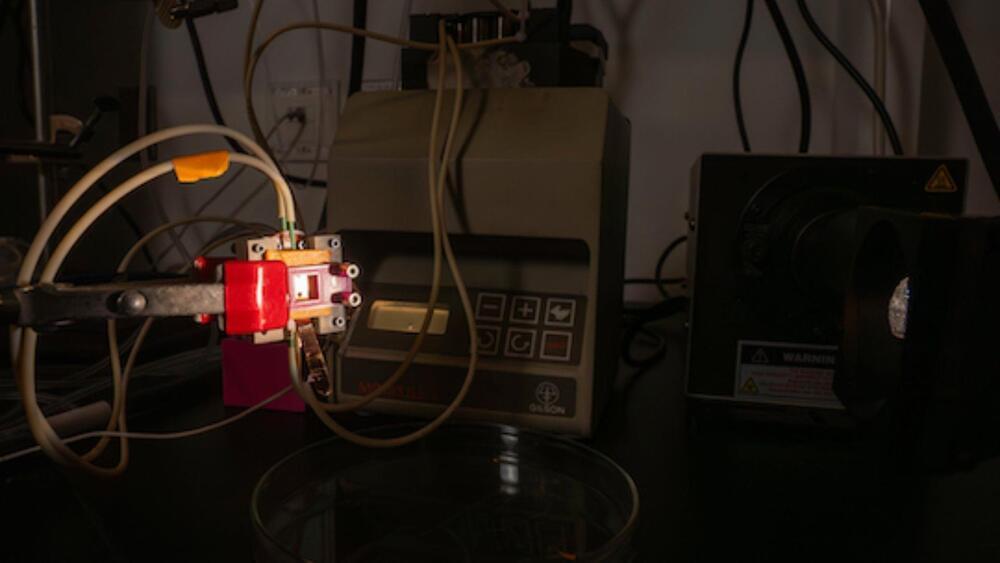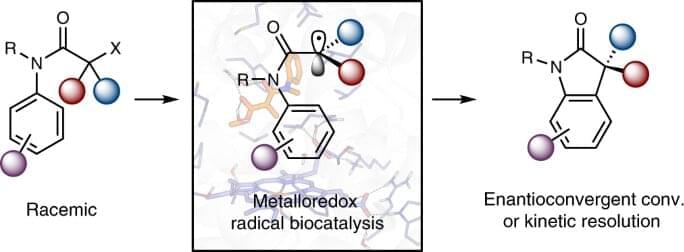Presenting the new open-source artificial intelligence model LLaMA V2 from Meta which challenges the likes of GPT-4 and Google’s AI offerings, plus Stability AI’s Doodle allows users to transform simple doodles into stunning high-resolution AI images.
Deep Learning AI Specialization: https://imp.i384100.net/GET-STARTED
AI Marketplace: https://taimine.com/
AI news timestamps:
0:00 LLaMa V2 artificial intelligence.
3:50 Stability doodle AI
#new #ai #technology







